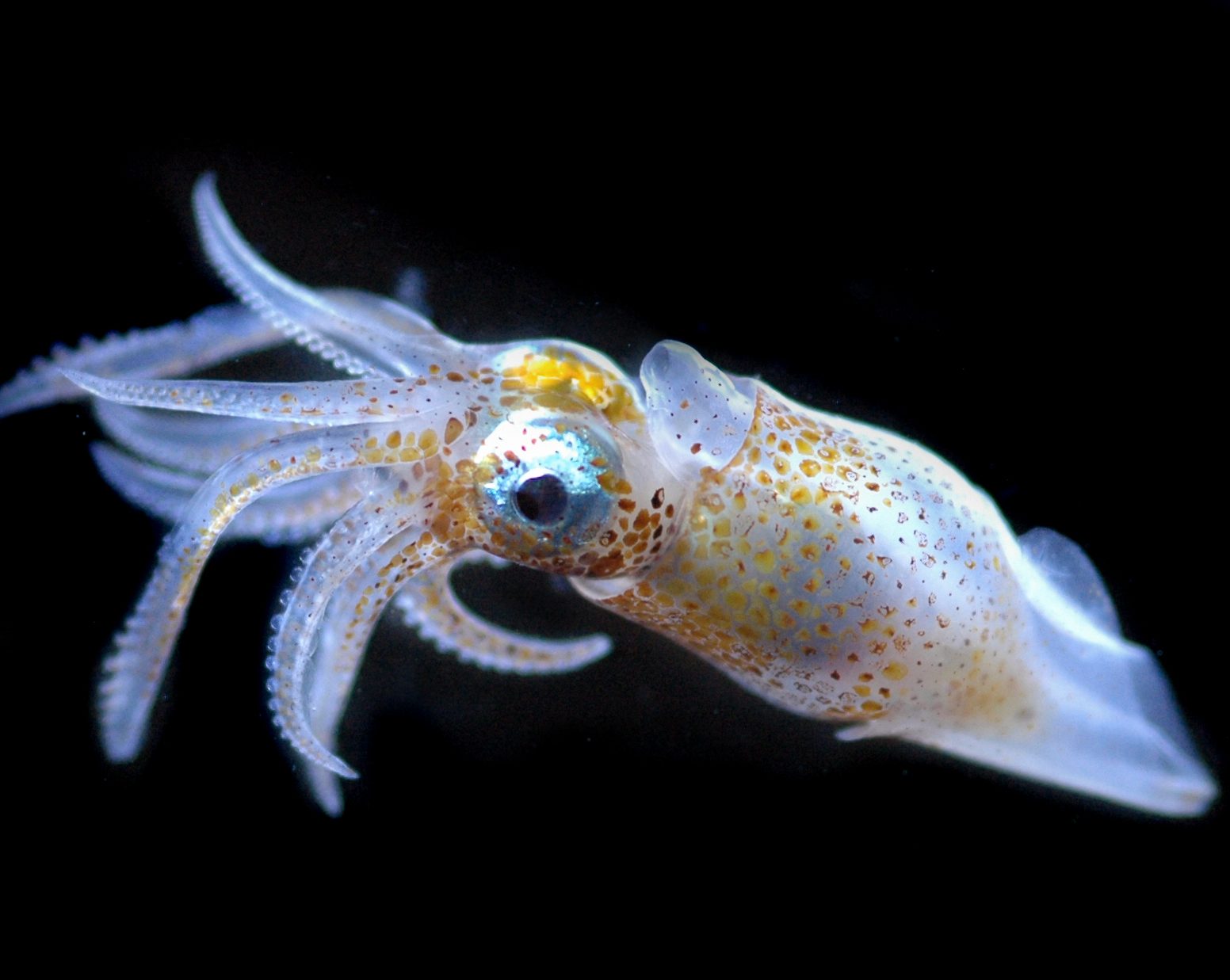There are about 30 USGS-monitored rivers stretching from Northern California to Washington. During the winter, when there are heavy rains, these rivers can send huge amounts of water – up to three to four times more than the Columbia River — into the coastal ocean. Winds push this freshwater up against the shore, potentially affecting the coastal ocean for weeks.




